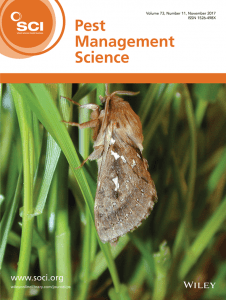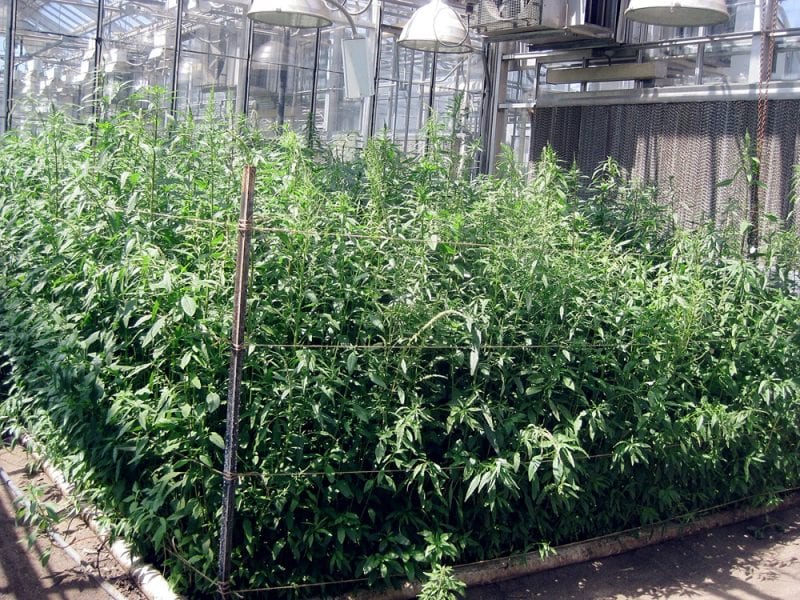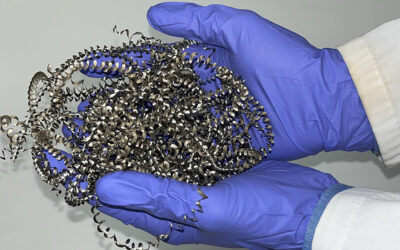Herbicides are used globally in crop production to limit weeds. Increasing herbicide resistance in weeds is a problem widely countered by herbicide rotation. This technique is intended to apply lower selection pressure, thereby reducing the frequency of resistance alleles in weed populations.

Such resistance has been historically assumed to come at a fitness cost to the plant, making it more suited to a new environment and consequently less suited to the existing one. In the absence of herbicide selection, this fitness cost may impact the rate of herbicide resistance evolution.
Wu et al. used a multigenerational approach to investigate the fitness costs of multiple herbicide resistance traits in their paper Limited fitness costs of herbicide-resistance traits in Amaranthus tuberculatus facilitate resistance evolution. The five studied herbicide resistances were found to be relatively common in A.tuberculatus populations, despite the lack of herbicide selection. Such limited decreases in herbicide resistance frequency over time add to growing evidence that herbicide rotation is generally ineffective at alleviating herbicide resistance. This research suggests current strategies may not be effective enough and could impact future approaches to weed management.
Read more research like this in Pest Management Science

















